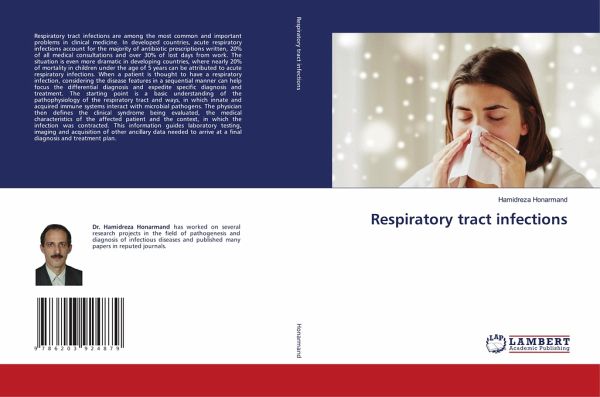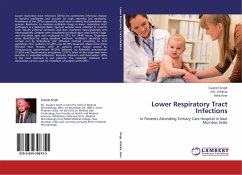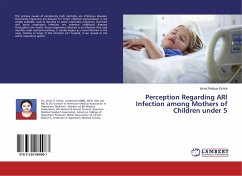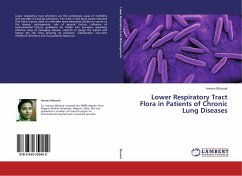
Respiratory tract infections
Versandkostenfrei!
Versandfertig in 6-10 Tagen
71,99 €
inkl. MwSt.

PAYBACK Punkte
36 °P sammeln!
Respiratory tract infections are among the most common and important problems in clinical medicine. In developed countries, acute respiratory infections account for the majority of antibiotic prescriptions written, 20% of all medical consultations and over 30% of lost days from work. The situation is even more dramatic in developing countries, where nearly 20% of mortality in children under the age of 5 years can be attributed to acute respiratory infections. When a patient is thought to have a respiratory infection, considering the disease features in a sequential manner can help focus the di...
Respiratory tract infections are among the most common and important problems in clinical medicine. In developed countries, acute respiratory infections account for the majority of antibiotic prescriptions written, 20% of all medical consultations and over 30% of lost days from work. The situation is even more dramatic in developing countries, where nearly 20% of mortality in children under the age of 5 years can be attributed to acute respiratory infections. When a patient is thought to have a respiratory infection, considering the disease features in a sequential manner can help focus the differential diagnosis and expedite specific diagnosis and treatment. The starting point is a basic understanding of the pathophysiology of the respiratory tract and ways, in which innate and acquired immune systems interact with microbial pathogens. The physician then defines the clinical syndrome being evaluated, the medical characteristics of the affected patient and the context, in which the infection was contracted. This information guides laboratory testing, imaging and acquisition of other ancillary data needed to arrive at a final diagnosis and treatment plan.












